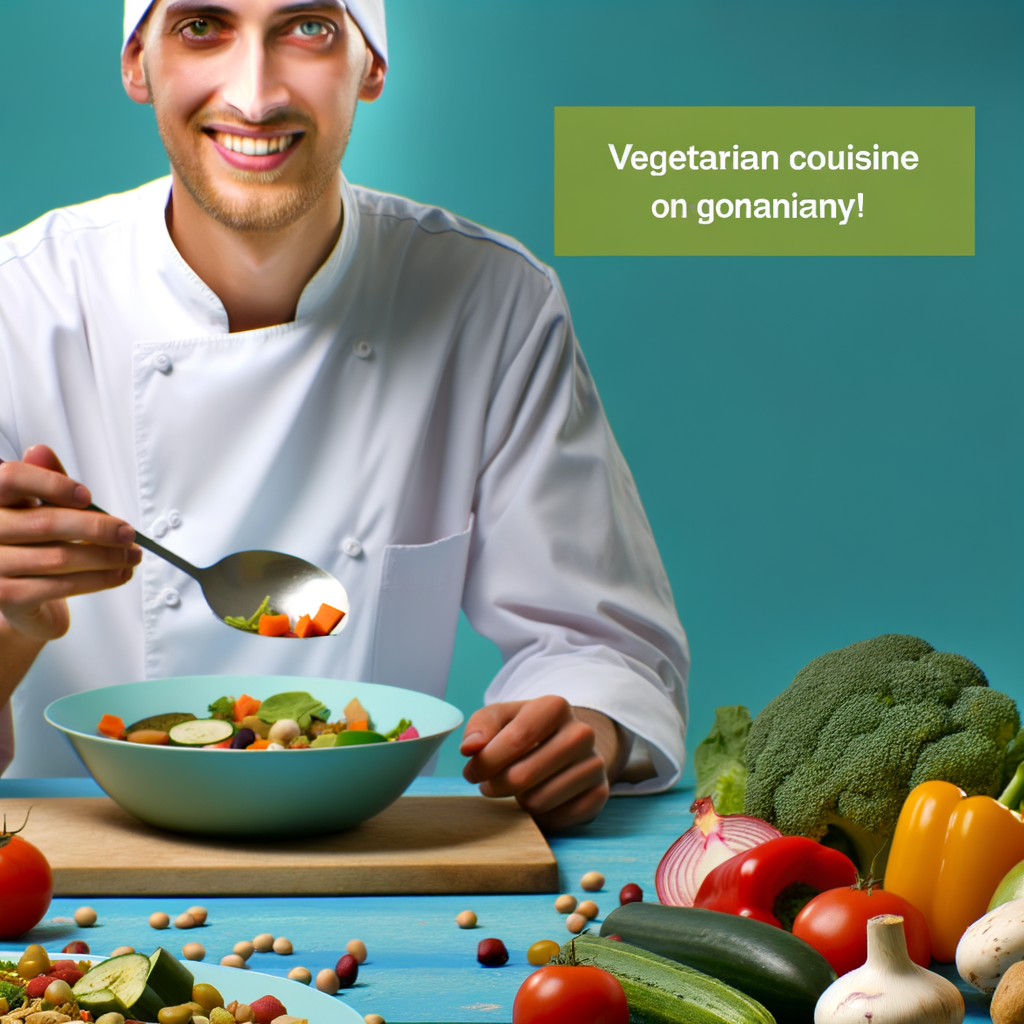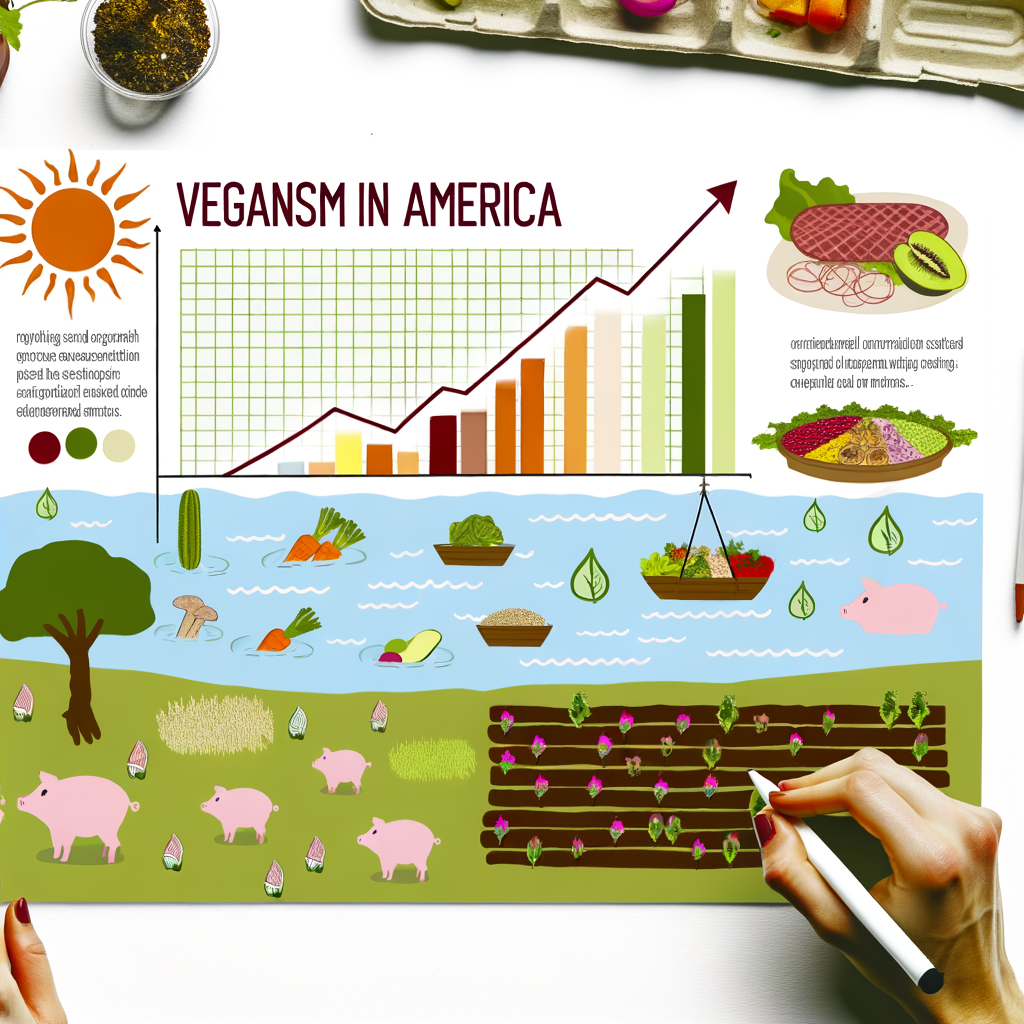As I travel across Europe as a food critic and expert chef, I have noticed a significant shift in dietary preferences among Europeans. While traditional European cuisine has always been known for its use of wheat and gluten, there has been a growing demand for gluten-free options in recent years. This trend is not only driven by those with celiac disease or gluten intolerance, but also by health-conscious individuals looking for a healthier lifestyle.
One of the main reasons for the rise of gluten-free in Europe is the increased awareness of celiac disease and gluten intolerance. According to the European Society for the Study of Coeliac Disease, around 1% of the European population suffers from celiac disease, and even more are believed to have non-celiac gluten sensitivity. This has led to a demand for gluten-free options in restaurants, cafes, and supermarkets.
Moreover, gluten-free has become a buzzword in the health and wellness industry. Many people are now choosing to follow a gluten-free diet as a way to improve their overall health and wellbeing. This has led to a surge in gluten-free products and menu options across Europe.
As an expert chef, I have personally experimented with gluten-free cooking and have been impressed by the versatility and creativity it offers. With the use of alternative flours such as almond, coconut, and buckwheat, gluten-free dishes can be just as delicious and satisfying as traditional ones.
In conclusion, the rise of gluten-free in Europe is a reflection of changing dietary preferences and a growing demand for healthier options. As a chef, I believe it is important to embrace this trend and continue to push the boundaries of gluten-free cooking. Let us not forget the rich culinary traditions of Europe, but instead, let us build upon them and create a more inclusive and diverse food culture for generations to come.





